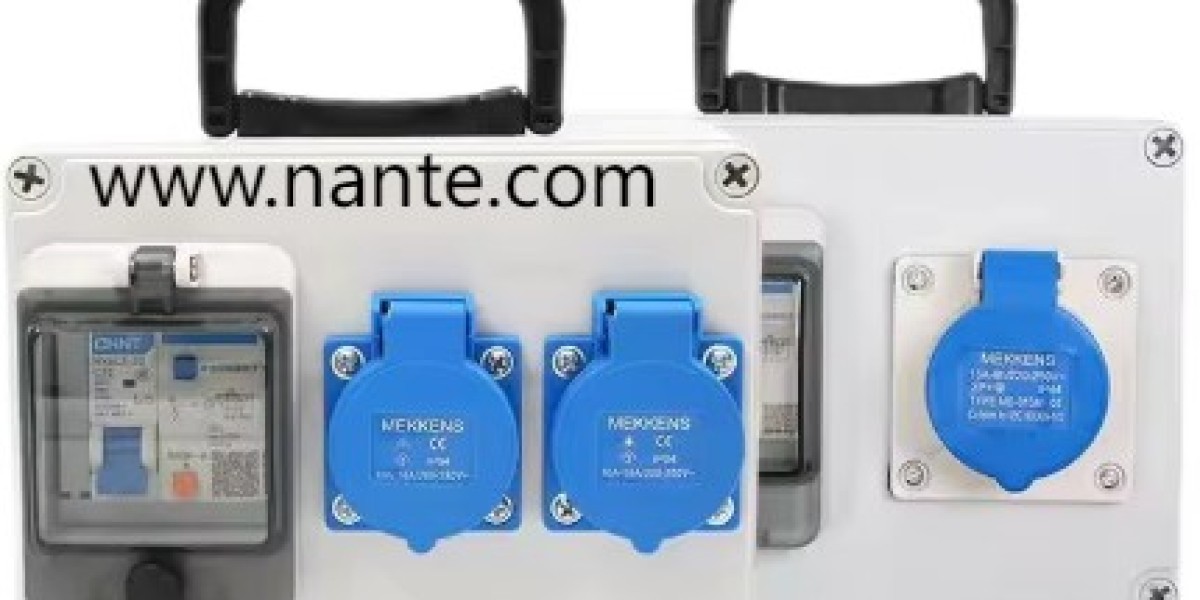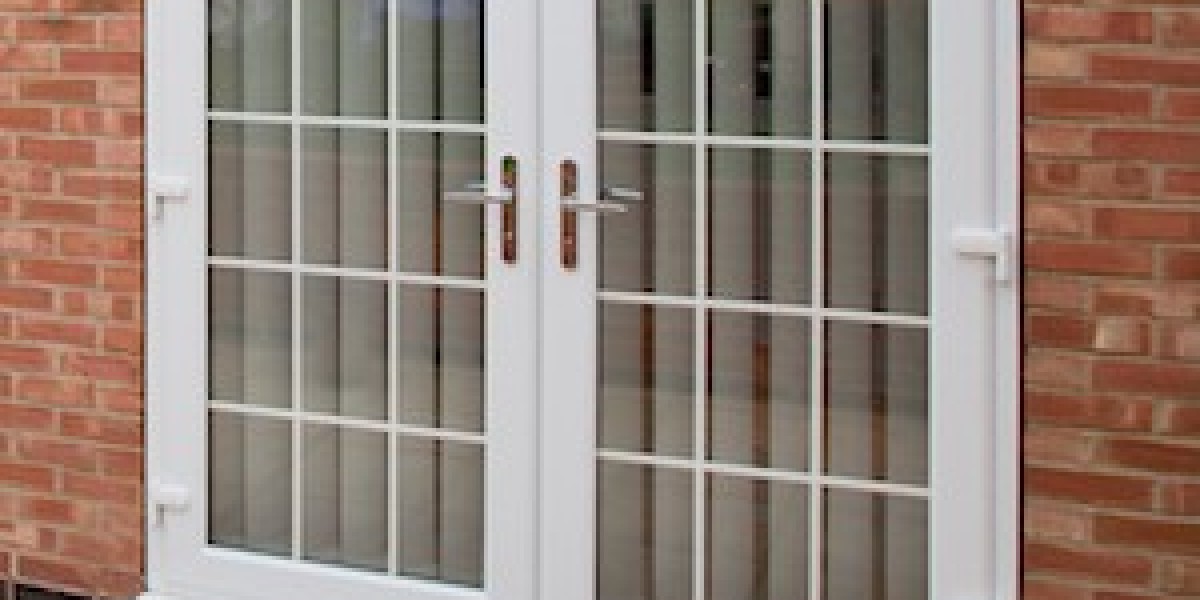As industries worldwide grapple with tightening carbon regulations and consumer demand for greener practices, the humble industrial socket box has emerged as an unexpected hero in the sustainability revolution. These essential power distribution units are no longer mere connectors—they are now pivotal in reshaping manufacturing ecosystems to be leaner, smarter, and more environmentally responsible.
Material Revolution: Building a Greener Foundation
Modern industrial socket boxes are shedding their reliance on traditional plastics and non-recyclable metals. Innovators are adopting materials like bio-based polymers and corrosion-resistant alloys with high recyclability, ensuring end-of-life components re-enter production cycles rather than landfills. For instance, modular designs allow worn-out modules to be replaced individually, extending product lifespans and minimizing raw material consumption. Such advancements align with circular economy principles, where durability and disassembly-friendly engineering reduce industrial waste.
Energy Efficiency at the Core
Beyond materials, next-gen socket boxes integrate energy-saving technologies. Smart sensors monitor power usage in real time, automatically adjusting voltage to prevent overconsumption during idle periods. This aligns with global initiatives to curb "phantom loads"—the hidden energy drain from inactive machinery. By embedding these features, manufacturers can slash energy bills while meeting stringent carbon reporting standards, a critical advantage as industries face pressure to decarbonize operations.
Adapting to Renewable Energy Systems
The rise of solar-powered factories and hydrogen-based energy grids demands adaptable power infrastructure. Industrial socket boxes now support hybrid energy systems, seamlessly switching between grid power and renewable sources. This flexibility is vital for industries like electric vehicle manufacturing, where production lines must balance high-energy processes with intermittent solar or wind inputs. Such innovations ensure factories remain operational during energy transitions without compromising efficiency.
Collaboration for Scalable Impact
Sustainability thrives on partnerships. Leading manufacturers collaborate with tech firms to embed IoT capabilities into socket boxes, enabling predictive maintenance that reduces downtime and resource waste. Meanwhile, policymakers incentivize retrofitting older factories with these units through tax breaks, accelerating the shift toward greener industrial parks. These efforts mirror global trends, such as the EU’s Green Deal, which prioritizes energy-efficient infrastructure upgrades.
A Blueprint for Industry-Wide Change
From automotive assembly lines to semiconductor plants, industrial socket boxes are proving their versatility. In one case, a textile manufacturer reduced its carbon footprint by 30% after adopting socket boxes with heat-resistant coatings, which minimized cooling demands in high-temperature zones. Another example comes from data centers, where smart socket systems optimized server energy use, cutting annual emissions equivalent to removing 500 cars from roads. These successes highlight how incremental upgrades can yield transformative environmental gains.
For businesses seeking to align with sustainable manufacturing trends, www.nante.com offers forward-thinking solutions that harmonize reliability with environmental stewardship. Their expertise in redefining industrial power distribution ensures companies stay compliant, competitive, and conscious in an era where green innovation defines industrial leadership.







